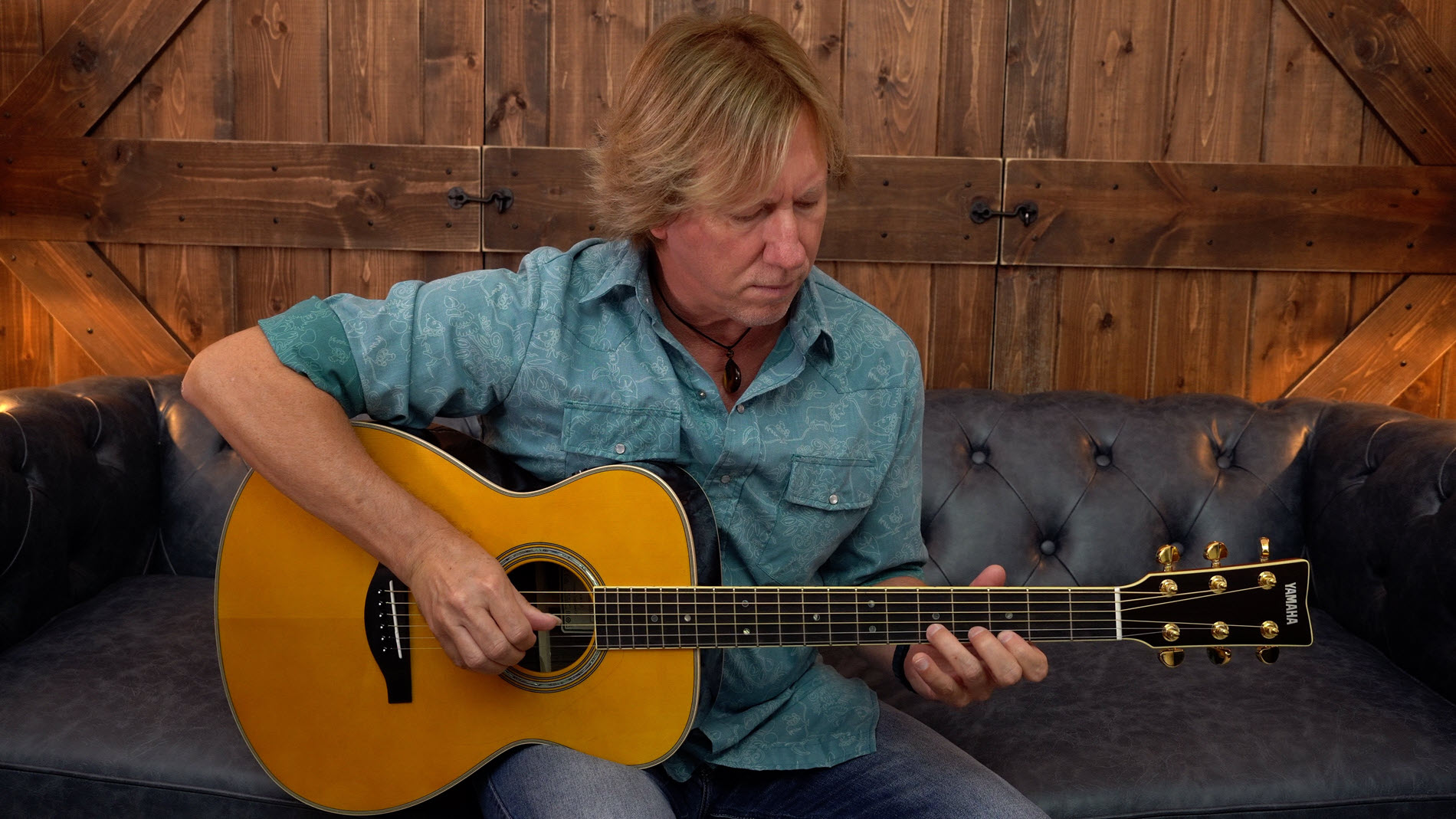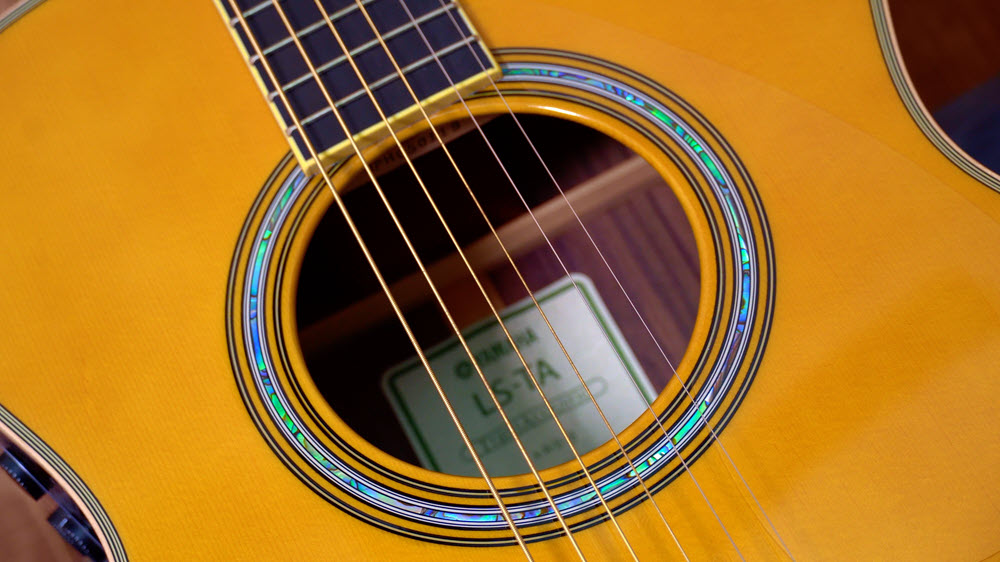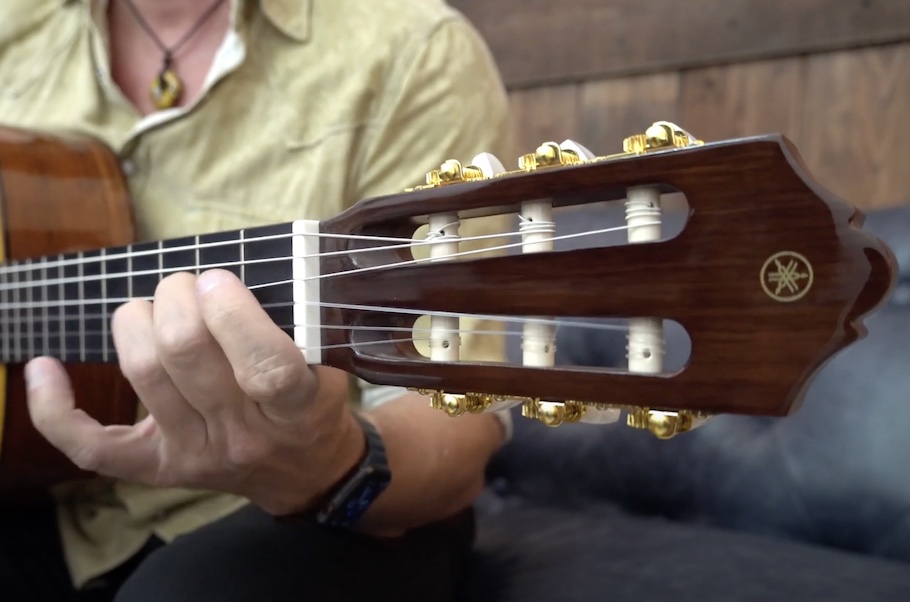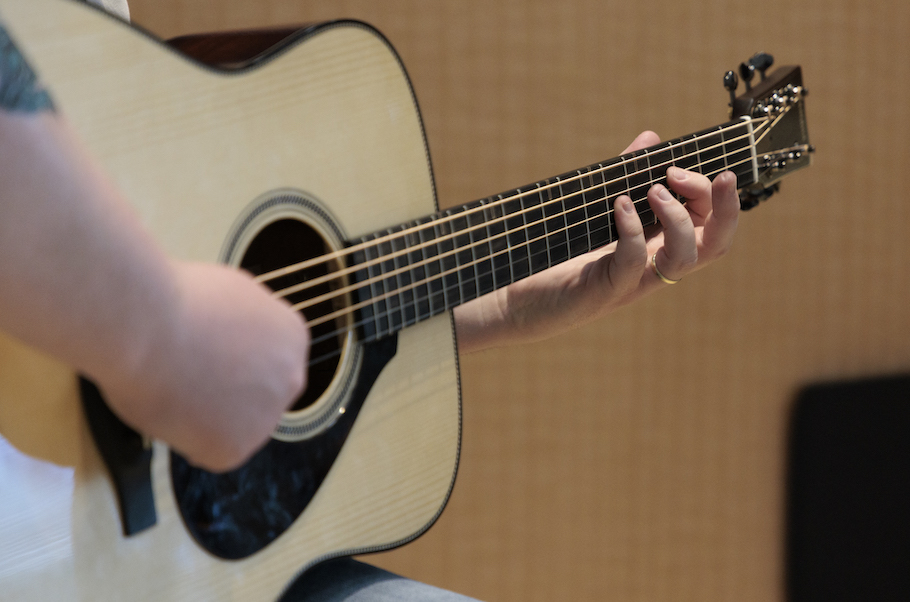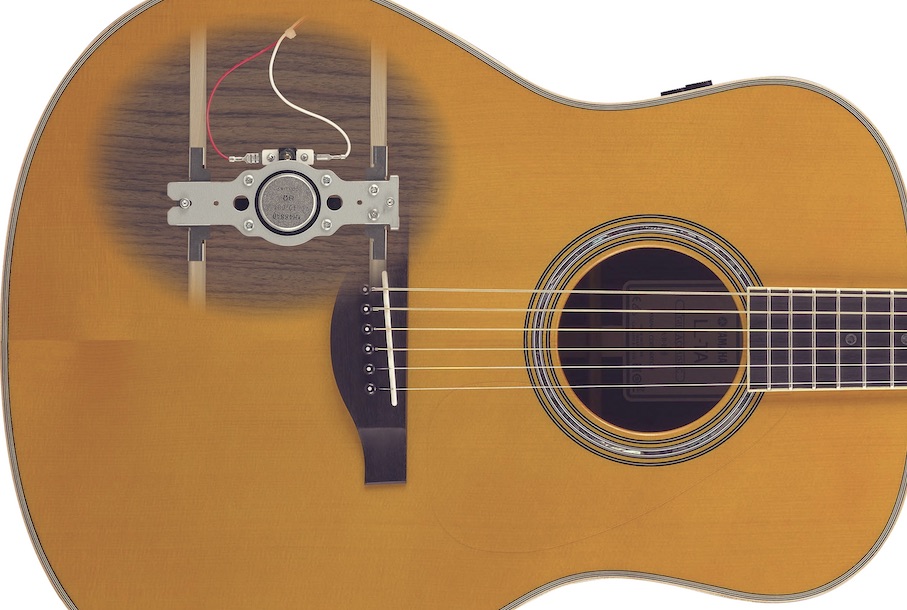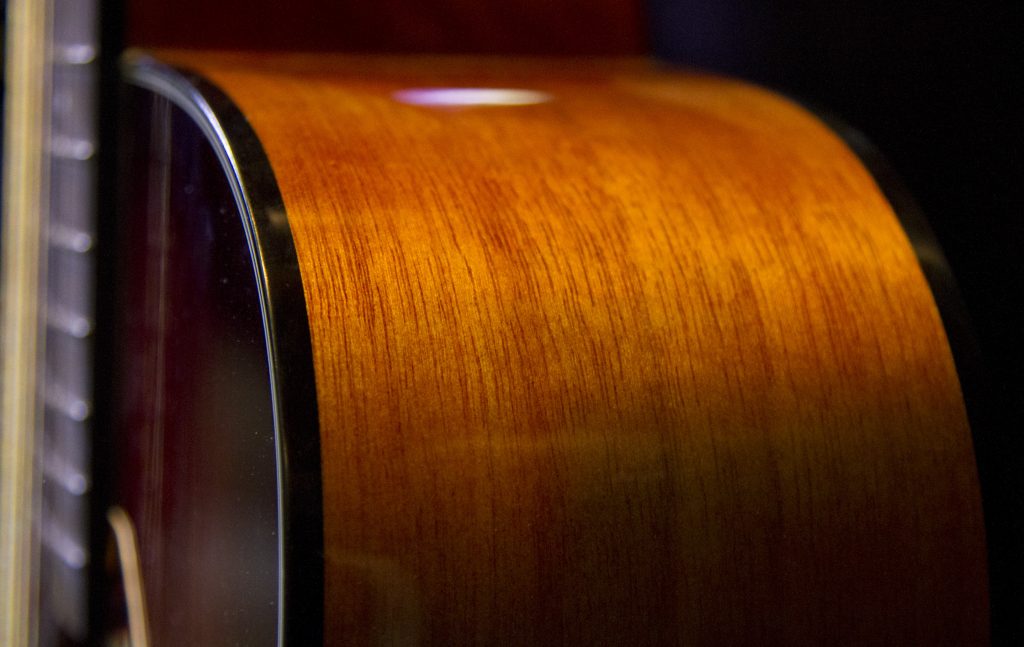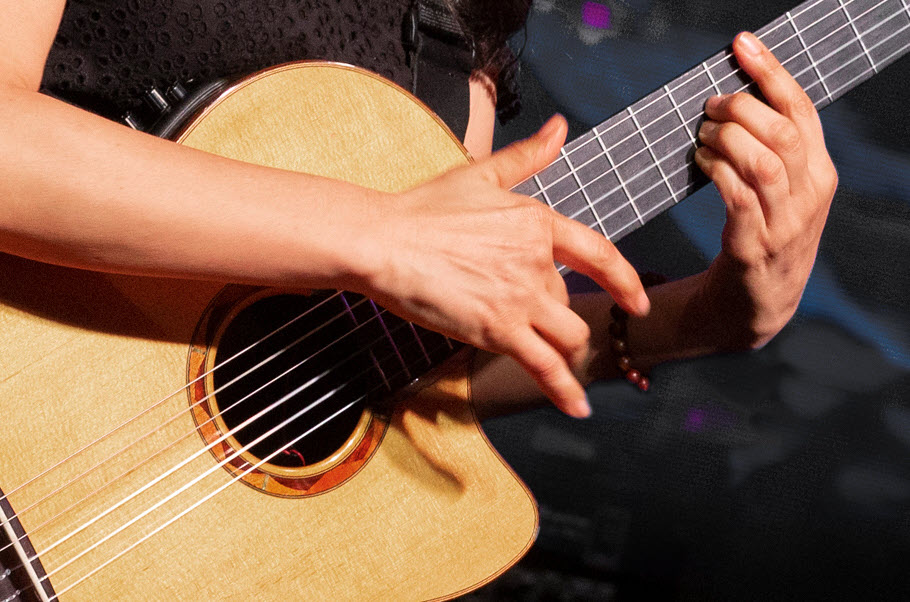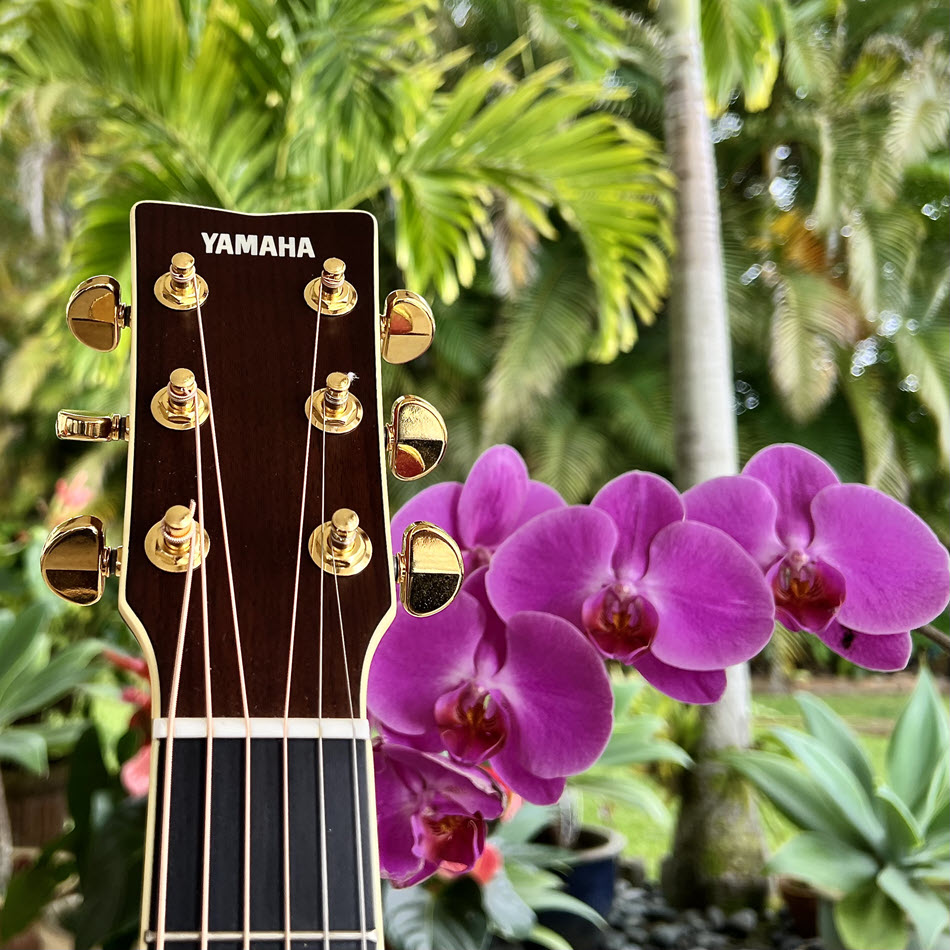Learning to Speak the Language of Music
The value of a musical education.
I started playing guitar at the age of thirteen. Two years later, I was performing live in local clubs.
I wasn’t all that interested in playing cover songs, but I knew I needed to learn the original guitar parts to keep those gigs, so I did the best I could, strictly by ear. My true passion was writing my own music. As a teen, I’d present my latest ideas at our weekly rehearsals, and my bandmates always seemed to like the songs I was composing.
I had an epiphany one evening when the bass player and second guitarist asked me to explain what I was playing. To my embarrassment and frustration, I realized that I didn’t really know how to convey my ideas. It was in that moment I decided to become fluent in the beautiful language we call music.
First Steps
The local library was my first resource. I began devouring books on classical composition and music theory. They gave me a clearer understanding of note values, key signatures and harmonic structures, but the text and diagrams didn’t allow me to hear the examples being presented and consequently left me uncertain about my comprehension of the core concepts.
My next step was to enroll in part-time study at the Guitar Institute of Technology in London. Those classes were instrumental (pun intended) in helping me apply harmony and theory in a creative way, and they inspired me to play in a variety of musical styles. I just loved the way chords could be inverted and extended to add an eloquence to an otherwise simple progression, and I think this may have been the first time I’d heard of slash chords (i.e., chords with a note other than the root in the bass).
A couple of years later, completely addicted to my new dialect, I moved to the U.S. and began attending the Musicians Institute in Hollywood, California. This proved to be one of the best years of my life, and I emerged from this immersive program with the knowledge and vernacular to communicate, collaborate and create with other musicians.
Why A Musical Education?
So, would I advocate to an aspiring guitar player the value of a music education over just learning by ear? I certainly would, and here are a few reasons why.
1. It Helps You Share
A comprehensive understanding of music allows you to share those skills with your peers and with students. One of the best ways to solidify your knowledge is to teach it to others. It’s also an honorable and fun way to make a living. YouTube allows us to present our lessons to the world, and I’ve been lucky enough to forge a career as an online guitar educator. The digital era has given us a means to share our musical concepts globally and build a wonderful community of like-minded individuals … all while accruing residual income streams over multiple platforms.
2. It Benefits Live Performance
Although I predominately perform as a solo artist, I often work with a band or with backing players. The ability to write legible charts is paramount if you want to get the best out of your teammates. But charts come in various formats, including standard musical notation, lead sheets and Nashville numbers. Having a handle on reading and writing these different musical roadmaps will literally put you all on the same page and save time in both rehearsal and performance.
3. It Benefits Studio Work
Studio session work, although on the decline, is still a viable outlet for both creativity and income streams. More often than not, the producer will hire you to bring your own special sound and musicality to the session. This means interpreting the chart to create memorable parts. Interpretation can mean anything from stylistic approach to knowing that an Ama7 chord can also be played as an Aadd2, if that’s what you’re hearing. Knowing inversions, extensions and chord fragments will help you express yourself within the context of a written arrangement.
5. It Helps with Songwriting
The studied musician brings a world of options to a creative endeavor like songwriting. Diatonic chord substitution, secondary dominants, pivot chord modulation, tritone substitutions and modal interchange all enhance the harmonic structure and therefore inform the melodic possibilities when crafting original music. A simple chord substitution can make all the difference to a song or composition.
By the way, when you compose a piece of music for a product launch or demo, the aim is not to write parts that show your physical or musical dexterity. Instead, the goal is to create parts that demonstrate the tone and attributes of the instrument being featured. In this scenario, I’m playing a supporting role to the product and brand, so I try to keep my musical cues short, sweet and compelling.
6. It Helps with Other Kinds of Writing, Too
Words, like music, have a natural flow, cadence, dynamic and rhythm. Spending seventeen years in Nashville gave me a wonderful education in the art of storytelling through lyric. Every word is part of the groove, the number of syllables play an important role, and verses are written to lead the listener towards the hook in the chorus and the message of the song. Don’t underestimate the value of rhythm within your studies: the pulse is just as important as the pitch!
In addition, writing prose — whether it be for a magazine, video script, teaching program or a blog like this one — is a viable avenue of income and a powerful way to convey your creativity to the world.
The Video
One of the most important things I learned in music school (and in all the years attending the College of Musical Knowledge since then) is the value of a quality instrument. I recorded all of the guitar parts for this video with the phenomenal Yamaha LS-TA TransAcoustic guitar, capturing its big, rich sound with a large diaphragm tube microphone. In terms of effects, I primarily employed the LS-TA’s onboard reverb and chorus, but also added a sprinkle of delay from an outboard signal processor to the lead guitar melodies.
The Guitar
I’ve been a fan of the LS-TA for a few years now. In my opinion, it’s the perfect size for ease of playability, plus it provides the acoustic volume necessary to support the singer/songwriter’s voice. And, as you can hear in this video, the onboard TransAcoustic effects — chorus, room reverb and hall reverb — can be blended and enjoyed even when the guitar is unplugged, allowing you to immerse yourself in that gorgeous ambience anywhere you go.
Aesthetically and tonally, the LS-TA is a stunning blend of old-world craftsmanship and modern technology. A solid rosewood back and sides joins a solid Engelmann spruce top via a maple and black binding, and the soundboard is treated with the unique Yamaha A.R.E. (Acoustic Resonance Enhancement) process, which uses a combination of moisture, heat and pressure to produce an exceptionally resonant top. The fingerboard and bridge are both ebony, and the neck is a robust and stable five-ply mahogany/rosewood construction … and the abalone rosette inlay (shown below) looks just as vibrant as the sound it produces.
The Wrap-Up
When we make a concerted effort to learn, practice and improve, we evolve into the musician we’ve always wanted to be. The pathway towards mastery begins when you apply and share those skills. My advice to musicians everywhere is this: Value your education, invest in a high-quality musical instrument and never compromise your craft. To me, those are the keys to success.
Photographs courtesy of the author.
Check out Robbie’s other postings.
Click here for more information about the Yamaha LS-TA TransAcoustic guitar.











